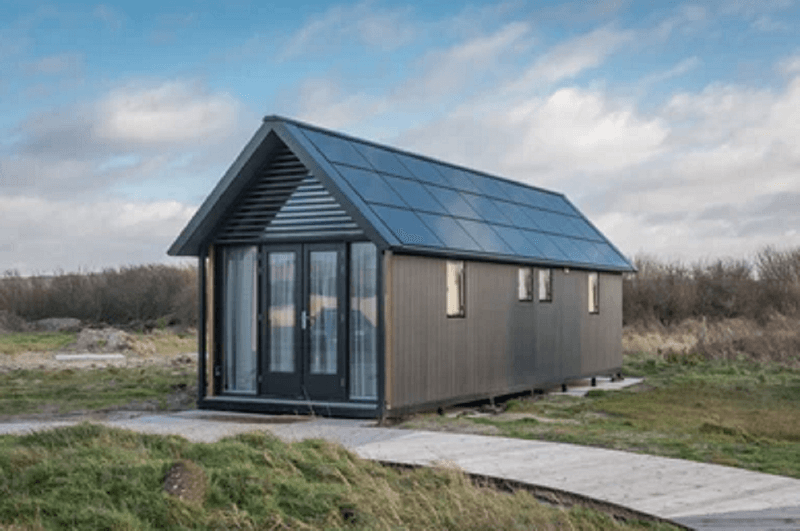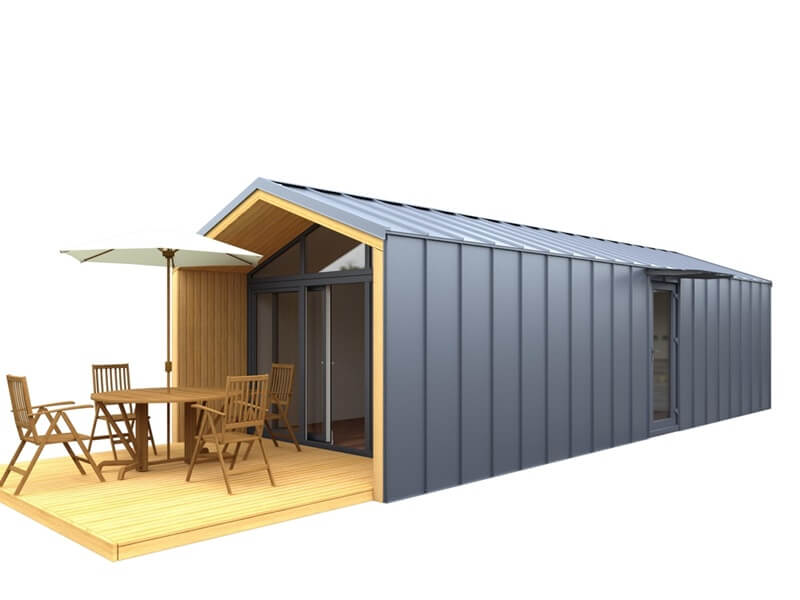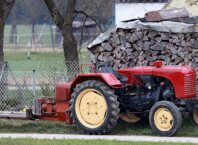As we delve deeper into the 21st century, it seems we are constantly seeking innovative ways to address rising concerns about space, environmental sustainability, and affordable housing. Amidst this challenge, a new trend seems to be emerging – one that encourages minimalism, practicality, and warm, snug aesthetics. It’s tiny homes! You may be wondering, what are tiny homes and why have they captured the imagination of many? These are not your average small apartments or compact houses squeezed in urban landscapes. Tiny homes are pocket-sized paradises encompassing creativity, utility, and environmentally conscious design into one neat, albeit small, package. This blog post aims to highlight the intriguing world of tiny homes, dissecting its appeal, advantages, and challenges.
An Introduction: The Tiny Home Philosophy?

So, just why are tiny homes stirring up a wave of interest? Simple – they present a solution to a multitude of modern-day challenges. On a economical level, they provide affordable housing options. Environmentally, they leave a smaller carbon footprint. And from a design perspective, they challenge us to think creatively about how we live and function within our living spaces.
Tiny houses are typically between 100 to 400 square feet, with a focus on efficient layouts and multi-functional furniture. Adopting the mantra of ‘less is more’, they challenge the need for massive homes packed with unutilized spaces. These diminutive dwellings encourage conscious living, reducing our carbon footprint, and engaging a sustainable lifestyle.
Benefits Of Tiny Homes: Pocketful Of Positives
The concept of tiny homes carries a plethora of benefits. First and foremost, for many people, a reduced living space comes with reduced costs. Less square footage translates into fewer materials needed for construction and maintenance, lower utility bills, and minimalist lifestyle can also mean little or no mortgage.
Another significant advantage of tiny homes is the emphasis on eco-consciousness. They require less energy for heating or cooling due to their size and often incorporate ‘green’ technology such as solar power or composting toilets. In this era of climate crisis, any practice that alleviates environment-related guilt deserves accolades.
Lastly, let’s appreciate the ingenuity that goes into designing these spaces! Every inch is thoughtfully utilized, often boasting multiple functions. This science of maximizing small spaces is not only practical but incredibly fascinating.
Drawbacks Of Tiny Homes: If The Small Shoe Fits
Despite the tiny charm, small homes aren’t for everyone. The limitations of a smaller space might feel confining to some. If you have a large family or enjoy hosting, a tiny home may prove impractical. Also, storing belongings can prove challenging, leading to continual decluttering.
It’s worth considering zoning and building codes, which often favour traditional home construction and cause obstacles in many areas for tiny home builders. Lastly, moving away from the idea of ‘bigger is better’ requires a considerable mindset change – something not everyone may be ready to embrace.
Building A Tiny Home: Things To Remember
If you’re considering building a tiny home, there are several factors to bear in mind. Careful, schema-based planning is crucial to make the most of your space. The scope for customization in tiny houses is immense, but you must prioritize efficiency. Every design decision will impact how space is used.
Consider weather conditions while planning layouts – for example, in colder climates, ensure adequate insulation. Implement smart storage solutions using vertical space and creative multifunctional furniture. Remember to consider your lifestyle and incorporate those elements that make a house your home.
Financing A Tiny Home: The Dollars And Cents

Financially, tiny homes can be a sound investment but there are a few caveats. Traditional mortgages are not typically available for these unconventional properties – you might have to explore niche lenders or consider a personal loan. You should also factor in the costs associated with the ongoing maintenance of your new home. Though these costs are likely to be lower than in traditional homes, they still exist.
Conclusion
To wrap up, tiny homes appear to offer a big solution for those yearning for economical and environmentally friendly housing. Cultivating simplicity, ingenuity, and a love for compact spaces, they challenge the need for large dwellings. They come with their own share of challenges, but offer an exciting way forward in the quest for affordable, sustainable living.
Adopting such a dramatic lifestyle change will not be suited for everyone. But the tiny home movement is more than just about living in a smaller space. It’s about living consciously, using only what you need, and leaving a minimal impact on the environment, which is a philosophy many of us could benefit from incorporating into our lives. Just like the infinite design potential within the small confines of a tiny home, the possibilities are massive if we can embrace the idea of ‘less is more’.
This distinctive lifestyle might just be the panacea we need to address the housing issues of our times, one tiny home at a time. With innovative solutions to space utilization, energy consumption, and cost-efficiency, it poses an enticing alternative to traditional housing options. If you’re intrigued and ready to abandon the superfluous in favor of the succinct, a tiny home could be a big leap into your future.







